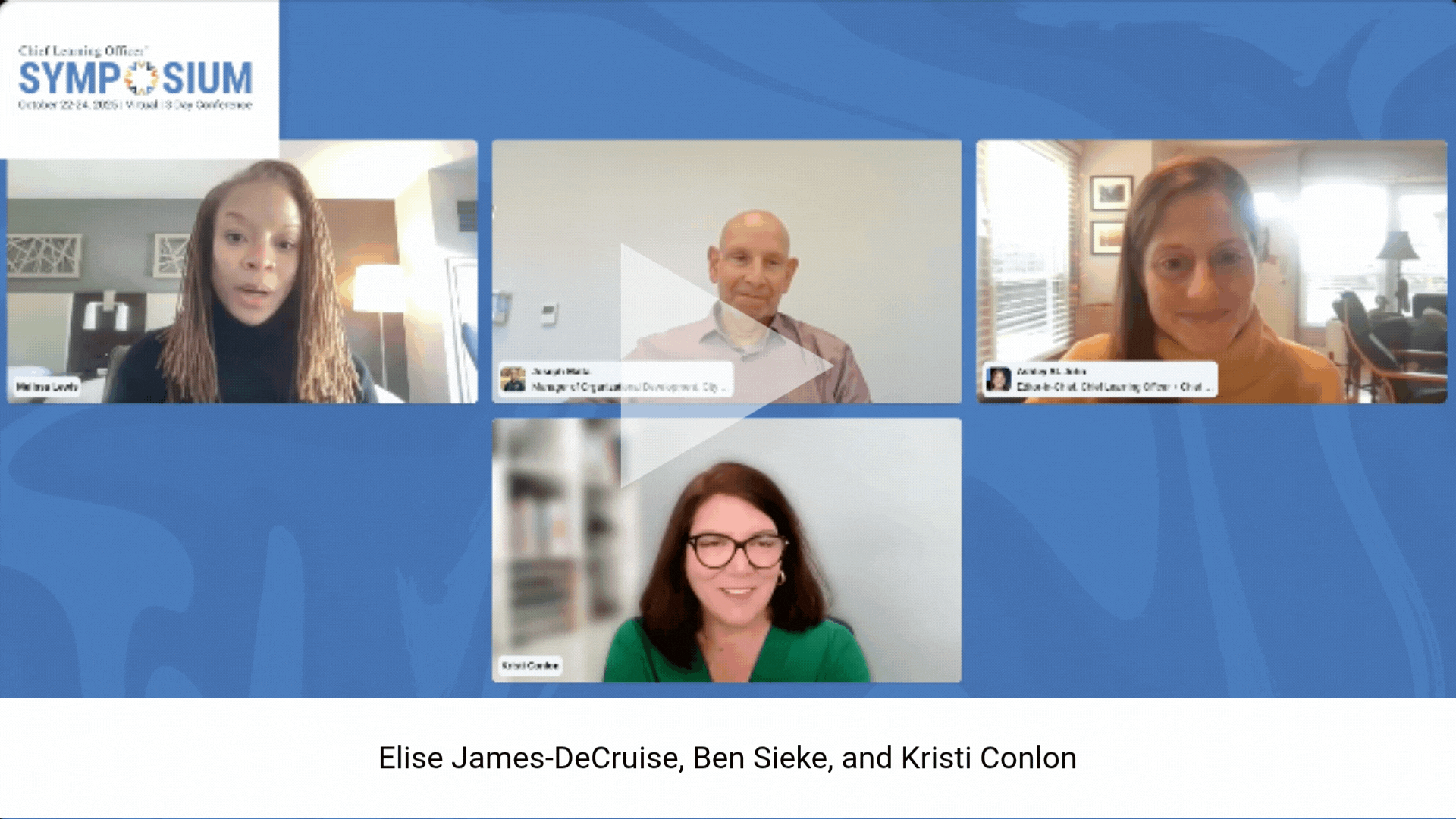To help organizations thrive in today’s business landscape, executive education programs evaluate and offer leadership development solutions that strengthen the meaning of corporate diversity and inclusion on multiple fronts.
“Companies have to be extremely relevant to the world going forward, and that relevant world is very much driven by millennials,” said Michael Chavez, Duke Corporate Education’s regional managing director for Europe and the Middle East, and the organization’s incoming CEO. “Millennials are very much about technology and openness and transparency and social justice. All this plays out in the world in a very integrated way.”
Diversity, still a social justice issue, is increasingly a business imperative delivered through many strategies, including stand-alone, strategic development for diverse leaders and more frequently, as Chavez explained, an all-encompassing approach that integrates diverse and inclusive thinking into every line of business.
Call it diversity and inclusion 2.0.
Developing Diverse Leaders
This January, Stanford Graduate School of Business introduced its LGBT Executive Leadership Program to address the lack of lesbian, gay, bisexual and transgender leaders in the C-suite. While the plight and protection of LGBT people in the U.S. workforce has improved over the past two decades, few of them openly hold top leadership positions in global companies today.
The same can be said of various other social groups — women account for only 4 percent of S&P 500 CEOs, African Americans lead roughly 1 percent of Fortune 500 companies, and according to the Hispanic Association for Corporate Responsibility, less than 2 percent of all Fortune 500 companies have Hispanic CEOs.
Sarah Soule, co-director of Stanford’s new program, said in the school’s official statement, that the one-week course was created to help LGBT executives advance their personal development as leaders and strengthen their personal networks, “and in the process, leverage best practices to transform organizations.”
Stronger networks are key. Driven by early research that showed the cooling effect a lack of corporate leadership has on the advancement of nonmajority workers, UCLA Anderson School of Management began unrolling what would become its Leadership Suite of Diversity programs in 1998 to several minority groups including women, African Americans, Latinos, LGBT and employees with disabilities.
These programs are still offered today with a broader view of diversity that includes individuality, and the school is set to create an even more inclusive solution. “We’re looking at a multigenerational global, multicultural workforce, and so our clients and our faculty are finding that it’s no longer adequate to look at diversity through a single lens,” said Alissa Brill Materman, managing director of UCLA Anderson Executive Education.
In 2014, the program unveiled a public version of the Multidimensional Leaders’ Institute that it has been delivering to corporate clients. This institute brings in groups of people who could either be considered underrepresented nonmajority leaders or who manage people from nonmajority groups. The five-month public program includes virtual and in-person classes, executive coaching clusters and development support in areas including building a developmental network, managing your identity, creating visibility, and power and influence.
Kelly Bean, associate dean of UCLA Anderson Executive Education said she thinks these necessary diversity and inclusion conversations that organizations are having will continue to evolve. “At some point, the conversation won’t be really around nonmajority leaders; it’s just going to be, ‘how do I lead others and make sure that I’m being inclusive?’ ”
Nurturing a Diverse Perspective
Chavez said Duke CE custom clients are increasingly considering diversity and inclusion needs in their targeted development approaches. As a result, Duke CE is infusing these principles into all of its work. If executive education is about preparing leaders for what is next, he said leaders need to be prepared to handle what the world is dishing out: more ambiguity, more connectedness and more unpredictability.
Our traditional biases are going to hurt us in ambiguity. “We can’t navigate ambiguity, and we can’t navigate unpredictability very well if we use the same old frames that we used to cling to in our businesses,” he said. That means the workforce and specifically its leaders will need to flex out of their frames, and they can only do that with more diverse talent supported by targeted development that embraces diversity of thought and approach.
The need for inclusion efforts persists, Chavez said, highlighting the value of employee engagement. But there’s now a big demand for people to embed diverse perspectives into their decision-making, which might involve, for example, fostering better cross functional empathy and collaboration.
Plus, people who have more diverse networks — including people who have different skills and backgrounds — tend to be more successful in organizations. Chavez said people who seek out diverse ties in the organizations tend to learn better and be more open to new solutions. “There’s a premium on that now that there wasn’t 20 years ago because the world’s becoming more ambiguous, more connected, less predictable and faster moving,” he said. “To take inspiration from one of our educators, Dr. Elsbeth Johnson, who studies organizational agility, ‘If external volatility is becoming the new normal, internal rigidity is the new enemy.’”

















